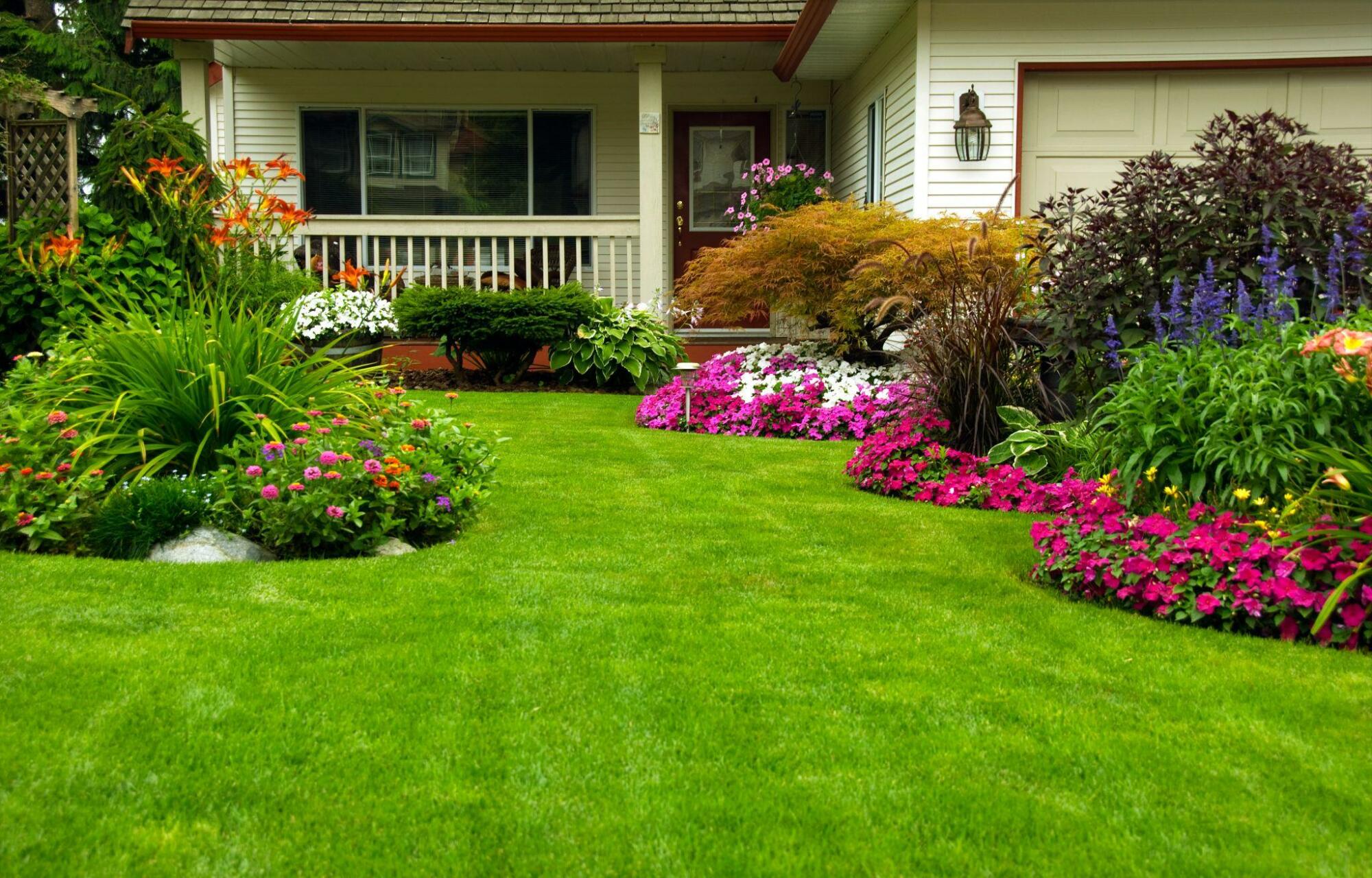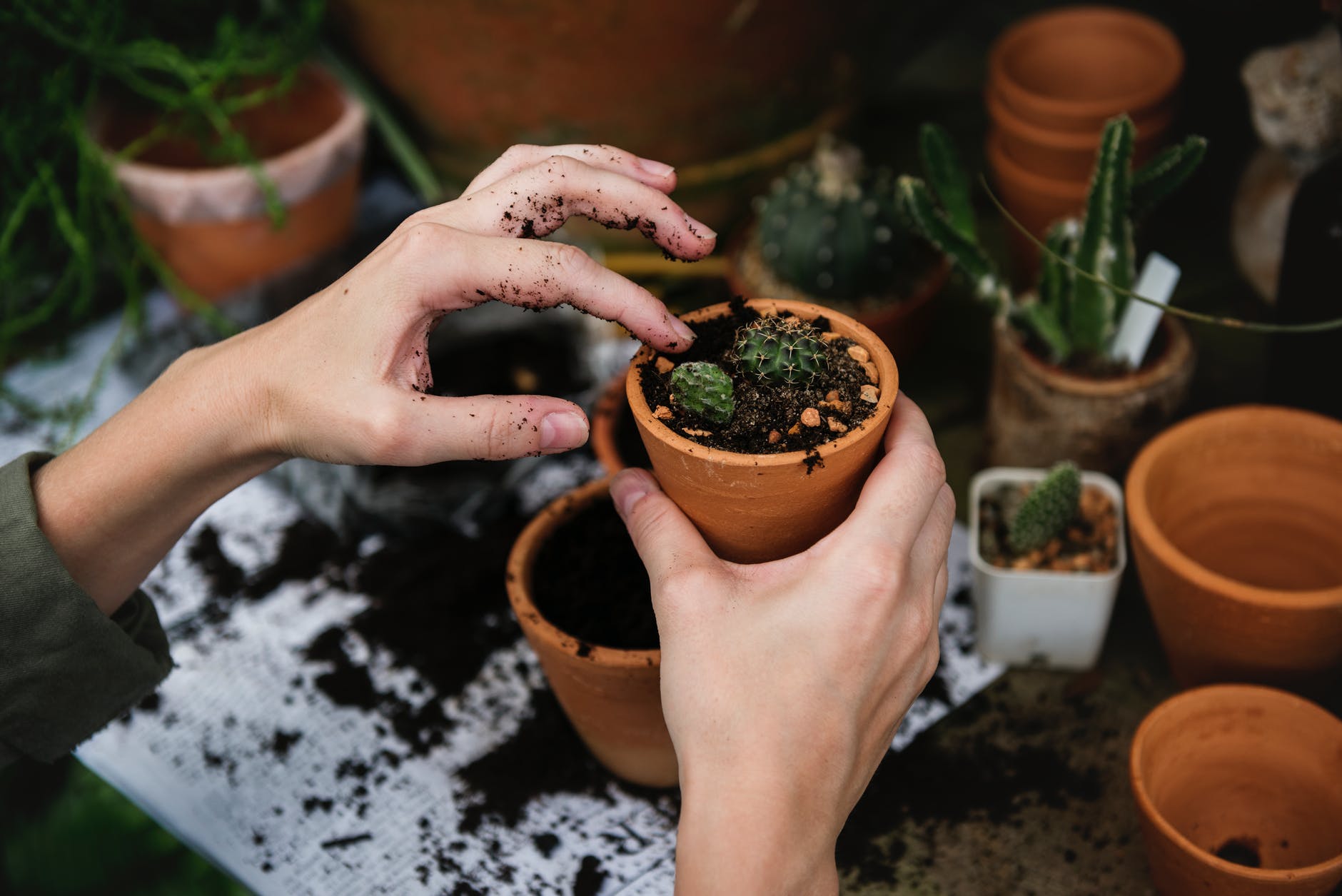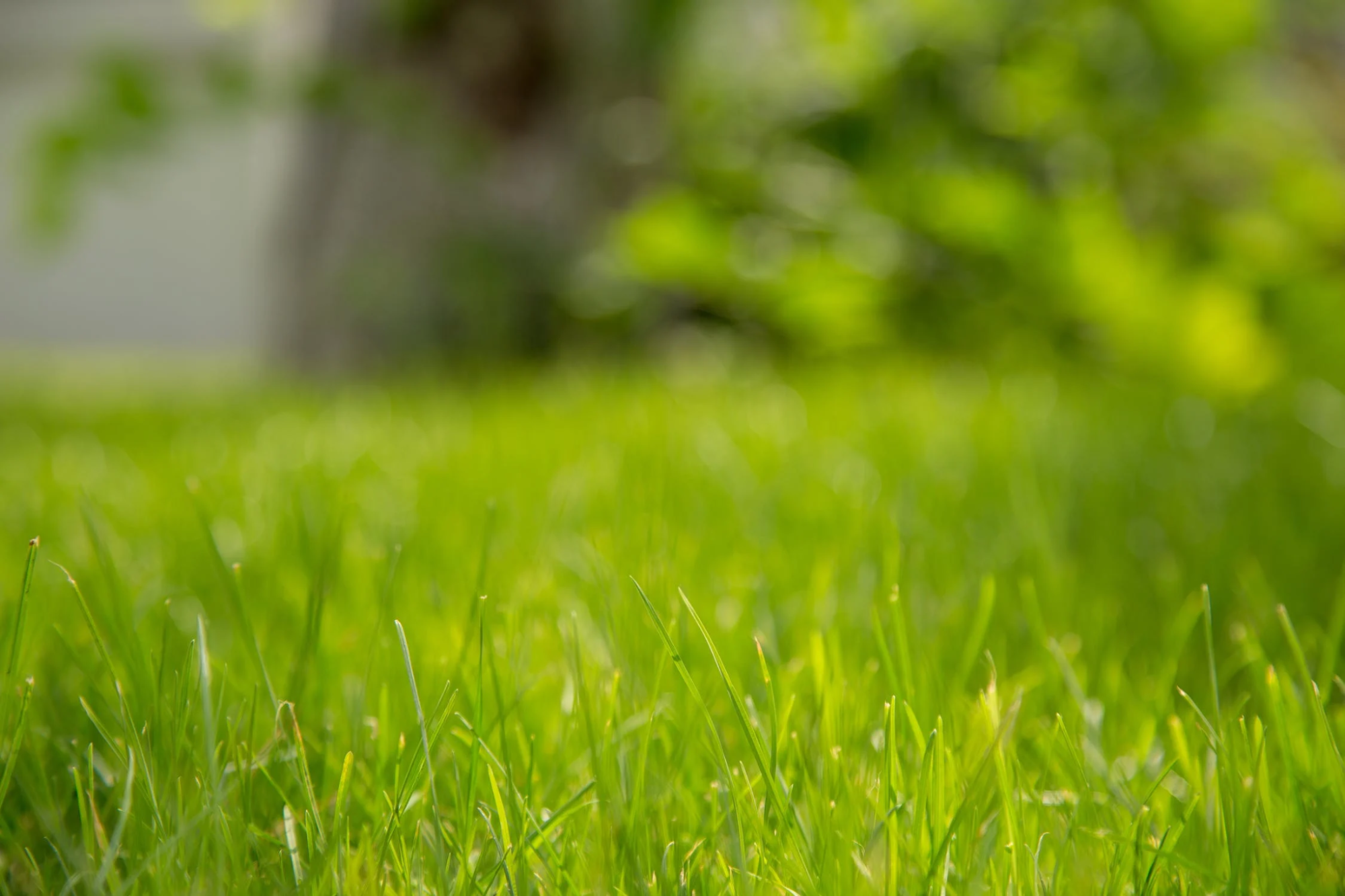As homeowners, we have the power to use innovative plumbing solutions for water conservation through our gardening practices. By embracing water-efficient landscaping techniques, we can transform our gardens into sustainable and environmentally-friendly spaces. In this article, we will explore the importance of water-efficient landscaping and provide practical tips to help you conserve water while maintaining a beautiful garden.
Understanding Water-Efficient Landscaping
Water-efficient landscaping focuses on designing and maintaining gardens that minimise water consumption without sacrificing aesthetic appeal. It involves strategic plant selection, proper irrigation methods, and landscape design principles that work in harmony with the local climate and natural resources.
Choosing Native and Drought-Tolerant Plants
Selecting native plants and drought-tolerant species is a cornerstone of water-efficient landscaping. These plants are naturally adapted to the local climate, requiring less water to thrive. Research plants that are native to your region and consider their water needs, growth habits, and maintenance requirements. By incorporating these plants into your garden, you can reduce water usage while enjoying a diverse and vibrant landscape.
Grouping Plants by Water Needs
To optimise water usage, group plants with similar water requirements together. This practice, known as hydrozoning, allows you to target irrigation more efficiently. Plants with high water needs can be grouped in one area, while those with lower water requirements can be placed in a separate zone. This approach minimises water waste and ensures that each plant receives the appropriate amount of water.
Efficient Irrigation Techniques
Water-efficient landscaping relies on irrigation techniques that deliver water precisely where it’s needed. Drip irrigation systems are highly effective, as they deliver water directly to the plant’s root zone, minimising evaporation and runoff. Adjust the watering schedule based on seasonal changes and plant needs to avoid overwatering. Installing a smart irrigation controller that adjusts watering based on weather conditions can further optimise water usage.
Mulching for Water Conservation
Applying a layer of organic mulch around plants and garden beds offers multiple benefits in water-efficient landscaping. Mulch helps to retain soil moisture, reduce weed growth, and regulate soil temperature. It acts as a protective barrier, minimising evaporation and reducing the frequency of watering. Choose mulch materials such as wood chips, straw, or compost and apply a layer of 2-4 inches for optimal results.
Proper Lawn Care Practices
Lawns can be water-intensive, but with proper care, you can still have a lush and water-efficient turf. Raise your lawnmower’s cutting height to promote deeper root growth and reduce water loss through evaporation. Aerate the soil periodically to improve water penetration and reduce runoff. Consider reducing the size of your lawn by incorporating other landscape features or replacing parts of it with native groundcovers or low-water alternative options.
Rainwater Harvesting and Recycling
Harnessing the power of rainwater is a valuable strategy in water-efficient landscaping. Install rain barrels or cisterns to collect and store rainwater for later use in your garden. This harvested rainwater can be used for irrigation, reducing the need for tap water. Implementing a simple rainwater harvesting system not only conserves water but also reduces stormwater runoff and its impact on the local water system.
Monitoring and Maintenance
Regular monitoring and maintenance are essential for a water-efficient landscape. Check for leaks in irrigation systems, faucets, and hoses, and repair them promptly to prevent water waste. Monitor your plants’ health and adjust irrigation based on their changing needs. Remove weeds that compete for water resources and inspect for pests or diseases that can stress plants and increase water demand.
Engaging in Education and Community Outreach
Participating in education programs and community outreach initiatives can enhance your understanding of water-efficient landscaping and inspire others to adopt sustainable practices. Attend workshops, join local gardening clubs, or volunteer for community garden projects. By sharing your knowledge and experiences, you contribute to a collective effort in water conservation and create a more environmentally-conscious community.
Efficient Watering Techniques
Incorporating additional efficient watering techniques can optimise water usage in your landscape. Consider using soaker hoses or micro-irrigation systems that deliver water directly to plant roots, minimising evaporation and runoff. Utilise irrigation timers or smart controllers to schedule watering during the early morning or late evening when temperatures are cooler, reducing water loss due to evaporation.
Xeriscaping Principles
Xeriscaping is a landscaping approach that focuses on water conservation in arid and water-scarce regions. By employing xeriscaping principles, such as minimising the use of turf grass, selecting low-water plants, and creating functional outdoor living spaces, you can significantly reduce water consumption while maintaining an attractive landscape.
Synthetic Turf and Alternatives
If maintaining a traditional lawn is not a priority for you, consider alternatives such as synthetic turf or gravel areas. Synthetic turf provides the look and feel of natural grass without the need for extensive watering. Gravel or hardscape areas can be creatively designed to add texture and visual interest to your garden while minimising water requirements.
Proper Soil Preparation
Preparing your soil adequately can enhance its water retention capabilities. Add organic matter, such as compost or well-rotted manure, to improve soil structure and increase water-holding capacity. Well-nourished soil promotes healthier plant growth and reduces the need for frequent watering.
Windbreaks and Shade Structures
Strategically placing windbreaks and shade structures in your garden can help reduce water loss through evaporation. Windbreaks, such as hedges or fences, protect against strong winds that can accelerate water evaporation. Shade structures, such as pergolas or arbours, offer relief from direct sunlight, minimising water loss due to excessive heat and evaporation.
Water-Conserving Landscape Design
Incorporate water-conserving landscape design elements into your garden to maximise water efficiency. Use berms and swales to capture and direct water flow, allowing it to penetrate the soil and reach plant roots. Designing your landscape with contoured beds and terraces can help retain water and prevent runoff, ensuring that it is effectively utilised by plants.
Regular Garden Maintenance
Maintaining your garden through regular care and maintenance is essential for water efficiency. Remove weeds that compete for water resources, as they can deprive your plants of vital moisture. Prune plants to improve air circulation and reduce water loss through transpiration. Regularly monitor and adjust your irrigation system to accommodate changing weather conditions and plant needs.
Environmental Stewardship
Promote environmental stewardship by using eco-friendly gardening practices. Avoid the use of harmful pesticides and herbicides that can contaminate water sources. Instead, opt for natural pest control methods, such as companion planting or integrated pest management. By protecting the health of the ecosystem, you contribute to the overall sustainability of your garden and surrounding environment.
Monitoring Water Usage
Regularly monitor your water usage to assess the effectiveness of your water-efficient landscaping efforts. Keep track of your water bills and compare them to previous months to identify any significant changes. Implementing water meters or smart water monitoring systems can provide real-time data on your water consumption and help you make informed decisions for further conservation.
Water-efficient landscaping offers a path to transform your garden into a sustainable oasis while conserving water. By incorporating native and drought-tolerant plants, practising efficient irrigation techniques, mulching, and engaging in proper lawn care, you can create a beautiful and water-efficient landscape. Embracing rainwater harvesting, monitoring for leaks, and participating in education and community outreach initiatives further amplify your impact. As a homeowner, you have the power to make a difference and contribute to a more sustainable future through water-efficient landscaping.






